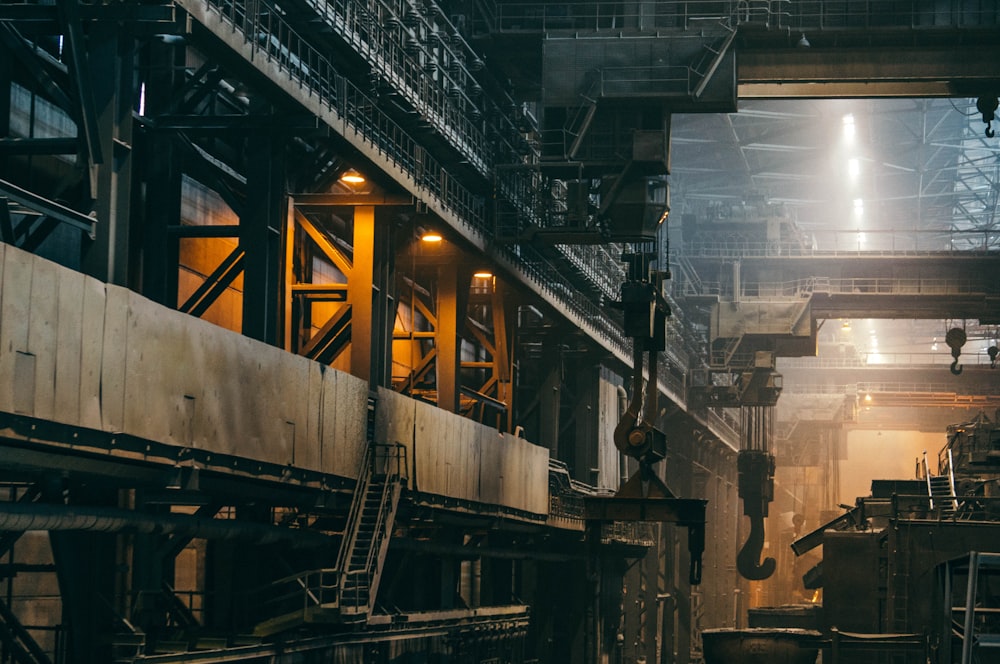Mastering Industrial HVAC Systems for Optimal Efficiency
Embark on a journey through the realm of Industrial HVAC, where heating, ventilation, and air conditioning systems evolve into technological marvels, ensuring optimal efficiency and comfort in large-scale environments.
Engineering Marvels: The Foundation of Industrial HVAC
At the core of Industrial HVAC systems lies a symphony of engineering marvels. These systems are meticulously designed to regulate temperature, humidity, and air quality on a grand scale. The sheer complexity of these setups involves advanced components and technologies, from industrial-sized chillers to intricate ductwork.
Temperature Control Precision: The HVAC Dance
In the world of industrial settings, precision in temperature control is paramount. Industrial HVAC systems are not just about keeping the environment cool in scorching summers or warm during bitter winters. They perform a delicate dance, maintaining the perfect temperature for processes, equipment, and the well-being of those within the facility.
Ventilation Mastery: Breathing Life into Spaces
Ventilation is the unsung hero of Industrial HVAC. Beyond temperature control, these systems ensure the constant flow of fresh air, preventing the staleness that can plague large spaces. Proper ventilation contributes to a healthier work environment, boosting productivity and employee well-being.
Air Quality Assurance: Beyond Temperature and Humidity
Industrial HVAC systems go above and beyond merely regulating temperature and humidity. They play a pivotal role in ensuring superior air quality. Advanced filtration systems and air purifiers work tirelessly to eliminate contaminants, creating a clean and safe atmosphere for both machinery and personnel.
Energy Efficiency: The Green Side of Industrial HVAC
As the world embraces sustainability, industrial HVAC systems are stepping up to the challenge. Innovations in energy-efficient technologies, coupled with intelligent control systems, aim to minimize environmental impact while maximizing operational efficiency. Industrial HVAC becomes a green ally, reducing energy consumption and lowering carbon footprints.
Challenges and Solutions: Navigating the HVAC Landscape
No journey is without challenges, and Industrial HVAC systems are no exception. From system malfunctions to evolving regulatory standards, staying ahead in this landscape requires proactive solutions. Regular maintenance, technological upgrades, and compliance with industry standards are vital to overcoming obstacles.
The Role of Technology: Revolutionizing Industrial HVAC
Technology is a driving force in the evolution of Industrial HVAC. Smart sensors, IoT integration, and predictive analytics are reshaping how these systems operate. Real-time monitoring and remote control capabilities empower facility managers to optimize performance, detect issues early, and ensure uninterrupted operations.
Safety First: Industrial HVAC for Hazardous Environments
Certain industrial settings pose unique challenges, especially when hazardous materials are involved. Industrial HVAC systems in such environments are engineered with utmost precision to maintain safety standards. From explosive-proof components to specialized ventilation, these systems prioritize the well-being of personnel and the integrity of the facility.
Industrial HVAC: A Link to Efficiency and Comfort
In the vast landscape of industrial operations, efficiency and comfort are not just luxuries but necessities. For those seeking the pinnacle of Industrial HVAC solutions, Industrial HVAC at its finest awaits. Discover a realm where cutting-edge technology meets the demands of large-scale environments, ensuring a harmonious balance between productivity and well-being.
Innovation Unveiled: Tomorrow’s Industrial HVAC
The journey through Industrial HVAC systems is ever-evolving. With a commitment to innovation, these systems continue to redefine the boundaries of what is possible. Tomorrow’s Industrial HVAC promises even greater efficiency, sustainability, and adaptability, laying the foundation for a future where large-scale environments thrive in perfect harmony.

